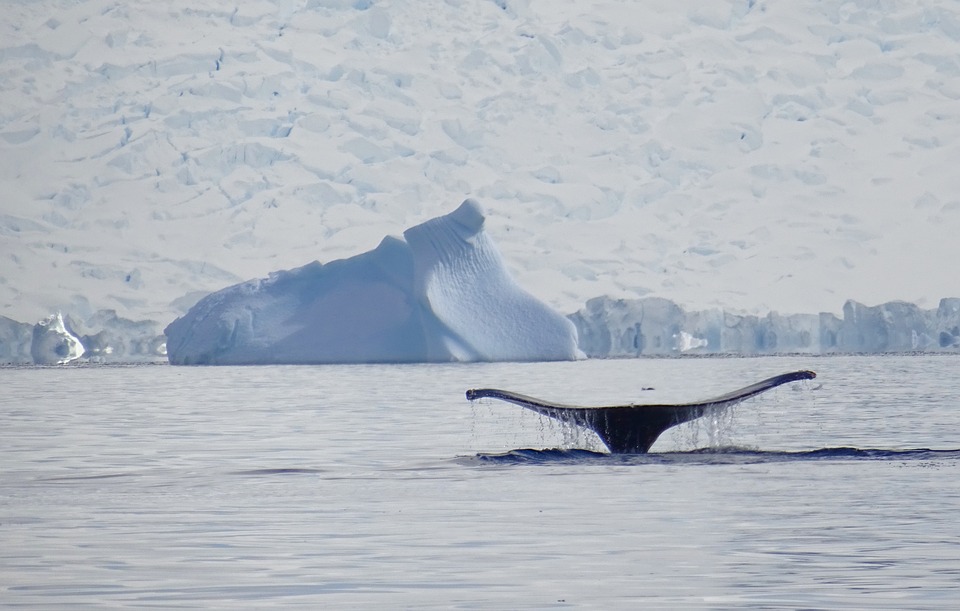How Do Tundras Help Reduce Global Warming?
Introduction
Tundras are unique cold, treeless biomes primarily found in the Arctic and alpine regions, characterized by their extreme weather conditions, permafrost, and limited vegetation. These ecosystems play a crucial role in mitigating global warming and climate change by acting as significant carbon sinks and influencing local climates.
1. Understanding the Tundra Ecosystem
– Definition: Tundra is a biome where tree growth is hindered by cold temperatures and short growing seasons. It is predominantly found in the Arctic regions and at high altitudes (alpine tundra).
– Key Characteristics:
– Permafrost: A layer of permanently frozen soil that underlies the tundra, affecting vegetation and water drainage.
– Low Vegetation: Comprised mainly of mosses, lichens, sedges, and low shrubs, which are adapted to harsh conditions.
– Extreme Weather: Long, cold winters with short summers limit biological activity.
– Types of Tundras:
– Arctic Tundra: Located around the North Pole, characterized by its cold desert-like conditions.
– Alpine Tundra: Found on high mountains worldwide where trees cannot grow due to low temperatures.
2. The Role of Tundras in Carbon Storage
#
A. Permafrost as a Carbon Sink
Permafrost contains vast amounts of organic carbon, estimated at approximately 1,460 to 1,600 billion metric tons—about twice the amount currently in the atmosphere. This frozen layer prevents the decomposition of organic matter, thus keeping carbon dioxide (CO₂) trapped within the soil[2][7]. As global temperatures rise, however, permafrost thaws, leading to increased microbial activity that can release stored carbon back into the atmosphere as greenhouse gases[4][7].
#
B. Tundra Vegetation and Carbon Sequestration
Despite their limited growing season, tundra plants absorb CO₂ during summer through photosynthesis. Species such as mosses and lichens are particularly effective at capturing carbon in these harsh climates[2][5]. The slow decomposition rates due to cold temperatures mean that organic matter remains in the soil longer than in warmer regions, contributing to carbon storage[5][9].
3. How Tundras Slow Methane and CO₂ Release
#
A. Low Decomposition Rates
The cold temperatures of tundra ecosystems significantly slow down the decomposition of organic matter. This results in lower emissions of greenhouse gases compared to warmer climates where decomposition occurs rapidly[2][4].
#
B. Climate Cooling from Snow and Ice Reflection
The albedo effect plays a vital role in regulating temperatures; snow and ice reflect a large portion of sunlight back into space. This reflective property helps cool the atmosphere and counteracts warming trends. However, as global temperatures rise and snow cover decreases, this effect diminishes, leading to further warming[2][3].
4. Risks to the Tundra from Climate Change
#
A. Thawing Permafrost and Greenhouse Gas Release
Warming temperatures are causing permafrost to thaw more deeply and for longer periods each year. This thawing releases previously trapped CO₂ and methane into the atmosphere, creating a feedback loop that accelerates climate change[3][7][9].
#
B. Changing Vegetation Patterns
As temperatures rise, shrubs and other vegetation types are encroaching into tundra areas traditionally dominated by mosses and lichens. This shift not only alters carbon storage dynamics but also reduces the albedo effect since darker vegetation absorbs more heat than reflective snow[1][4].
5. The Future of Tundras in Combating Global Warming
Efforts are underway to study permafrost regions more closely to understand better the risks associated with potential carbon release. Conservation measures aimed at protecting tundra ecosystems are essential for maintaining their role as carbon sinks and mitigating further warming effects[2][4].
FAQs
– What is permafrost, and why is it important for climate change?
Permafrost is permanently frozen ground that stores large amounts of organic carbon. Its thawing due to climate change can release greenhouse gases into the atmosphere.
– How much carbon is stored in tundra regions?
Tundra regions contain about 1,460-1,600 billion metric tons of organic carbon.
– Can tundras fully prevent global warming?
While tundras contribute significantly to carbon storage, they cannot fully prevent global warming; however, they can mitigate its effects if preserved.
– What happens if the tundra ecosystem is damaged?
Damage to tundra ecosystems can lead to increased greenhouse gas emissions from thawing permafrost and altered vegetation dynamics.
– How does the loss of Arctic ice affect global temperatures?
Loss of Arctic ice reduces the albedo effect, leading to greater heat absorption by land surfaces and further accelerating global warming.
Conclusion
Tundras play a critical role in reducing global warming through their capacity for carbon storage and their cooling effects on the atmosphere. Protecting these fragile ecosystems is essential for mitigating climate change impacts and preserving biodiversity within these unique biomes.

Kyle Whyte is a notable scholar and professor at the University of Michigan, holding positions such as the George Willis Pack Professor in the School for Environment and Sustainability and Professor of Philosophy. Specializing in environmental justice, his work critically examines climate policy and Indigenous peoples’ ethics, emphasizing the nexus between cooperative scientific endeavors and Indigenous justice. As an enrolled Citizen Potawatomi Nation member, he brings a vital perspective to his roles as a U.S. Science Envoy and member of the White House Environmental Justice Advisory Council. His influential research is supported by various prestigious organizations including the National Science Foundation, and disseminated through publications in high-impact journals. Kyle actively contributes to global Indigenous research methodologies and education, with affiliations to numerous institutes and societies dedicated to traditional knowledge and sustainability. Recognized for his academic and community engagement, Kyle has earned multiple awards and served in various visiting professorships. His efforts extend to leadership positions on boards and committees focused on environmental justice nationwide.
